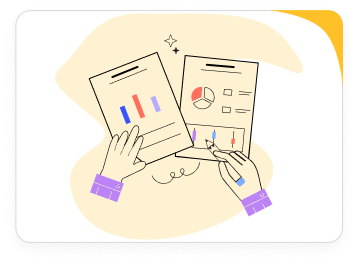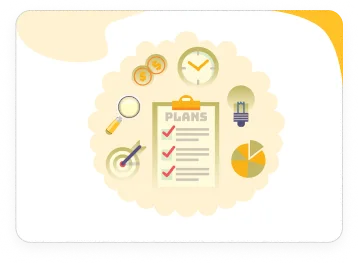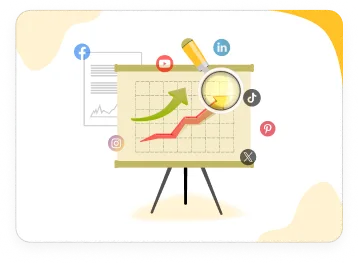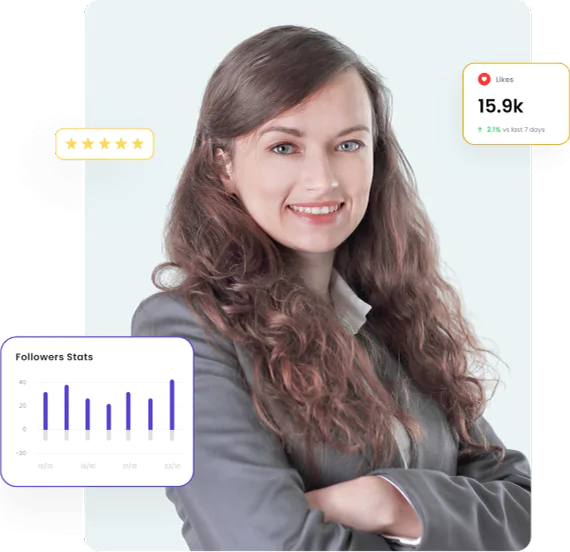Ready to simplify your social media campaign proposals? Fill out the form to instantly download your free Social Media Campaign Proposal Template.
This social media marketing proposal template free download is designed to help you save time, stay organized, and create professional, high-quality proposals that stand out.
Need inspiration for structuring your pitch? We’ve also included a social media marketing proposal for client sample so you can see exactly how to present your ideas effectively.
What makes it even better?
It’s fully customizable in Google Docs or Spreadsheet format, making it perfect for collaborating with your team and presenting your campaign ideas to stakeholders.
What you’ll gain:
➔ A clear roadmap to align your social media goals with your business objectives.
➔ Tools to audit your current social presence and analyze your competition.
➔ Step-by-step guidance to craft an engaging content calendar that drives results.







